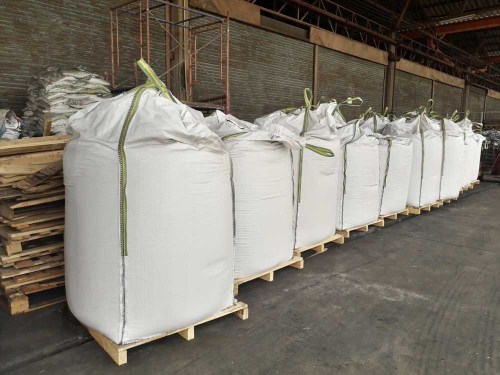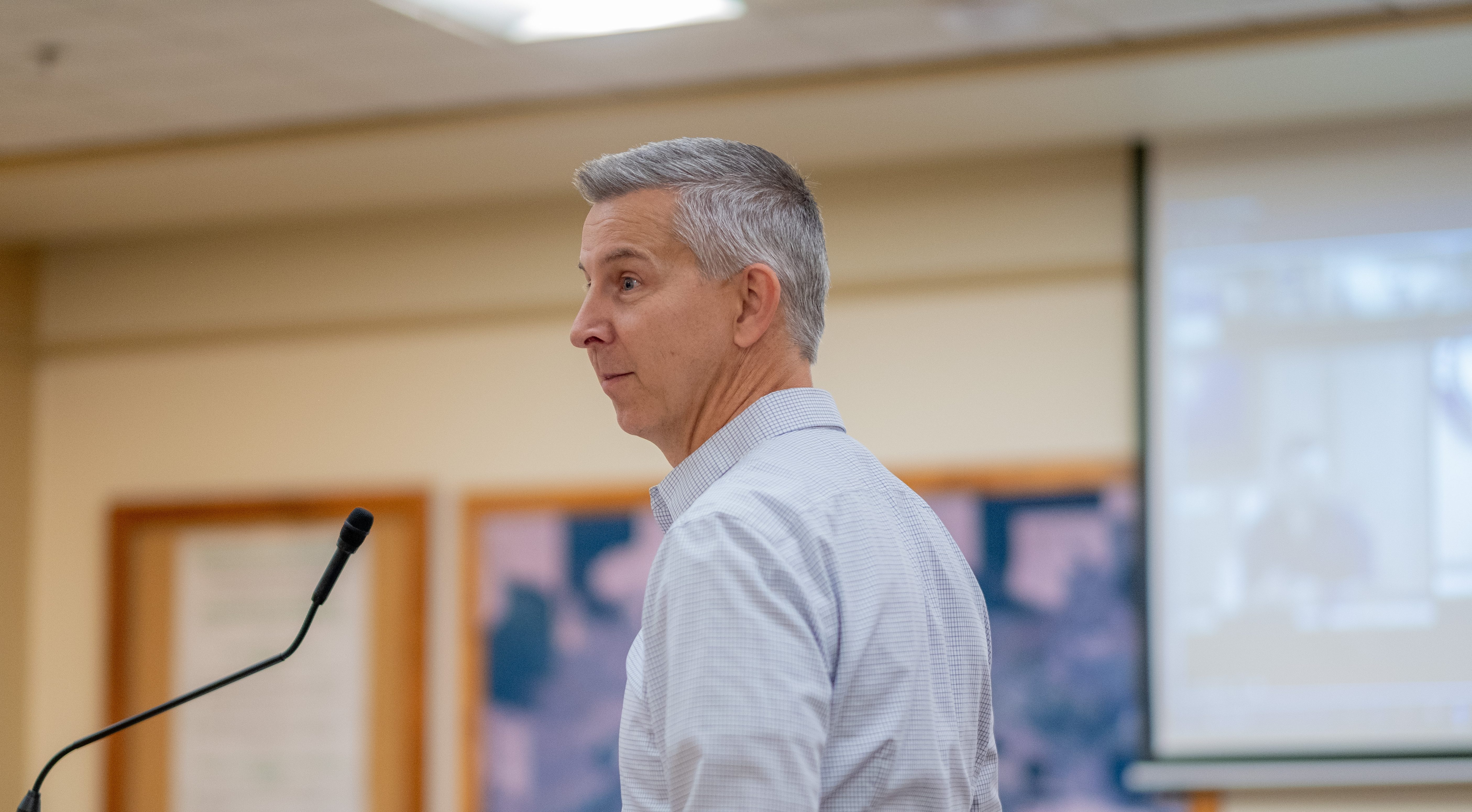Farm input costs continue to rise, USDA report shows
Published 2:15 pm Thursday, June 30, 2022

- Fertilizer prices were up compared to last year.
A USDA report released June 30 shows that farm input costs continue to rise, putting additional financial pressure on farmers and ranchers.
The study, called the Agricultural Prices report, looked at farm input costs in May 2022 compared to input costs one month prior and one year prior. USDA collected data for the May Prices Paid Index by randomly contacting more than 8,500 farms nationwide with an average response rate of 75% to 80%.
Trending
The report found that farmers across America continue to face rising costs for feed, fertilizer, fuels and other inputs.
In May, the price of livestock feed increased 0.8% from April and 15% from May 2021. Although concentrates fell in price, that was more than offset by higher prices for complete feeds, feed grains, supplements, hay and forages.
Fertilizer in May cost 6.2% more than it did the month prior, in April. Prices for potash and phosphate didn’t change month-over-month, but prices rose for nitrogen and mixed fertilizer.
The rise in cost is even more stark when compared to a year ago. The May 2022 cost of fertilizer was 77% higher than it was in May 2021.
Chemical costs remained static between April and May of 2022, but prices this May were 33% higher than last May.
The May fuel index was up 6% from April, and fuel cost 67% more this May than it did in May of 2021. USDA data shows that, compared to the month prior, May prices were higher for diesel and gasoline but lower for LP gas.
Trending
Machinery in May cost 0.6% less than it did in April — one of the few areas where input costs decreased. Prices slightly declined for tractors, self-propelled machines and other machinery. However, machinery costs were 19% higher than a year ago.
In a statement this week, American Farm Bureau President Zippy Duvall said American farmers and ranchers continue to “grapple with increased costs of growing food and fiber.”
“While some ranchers are seeing increases in commodity prices, their gains are being eaten up by higher expenses,” said Duvall. “Many farmers and ranchers are concerned they won’t be able to break even, much less make a profit.”









